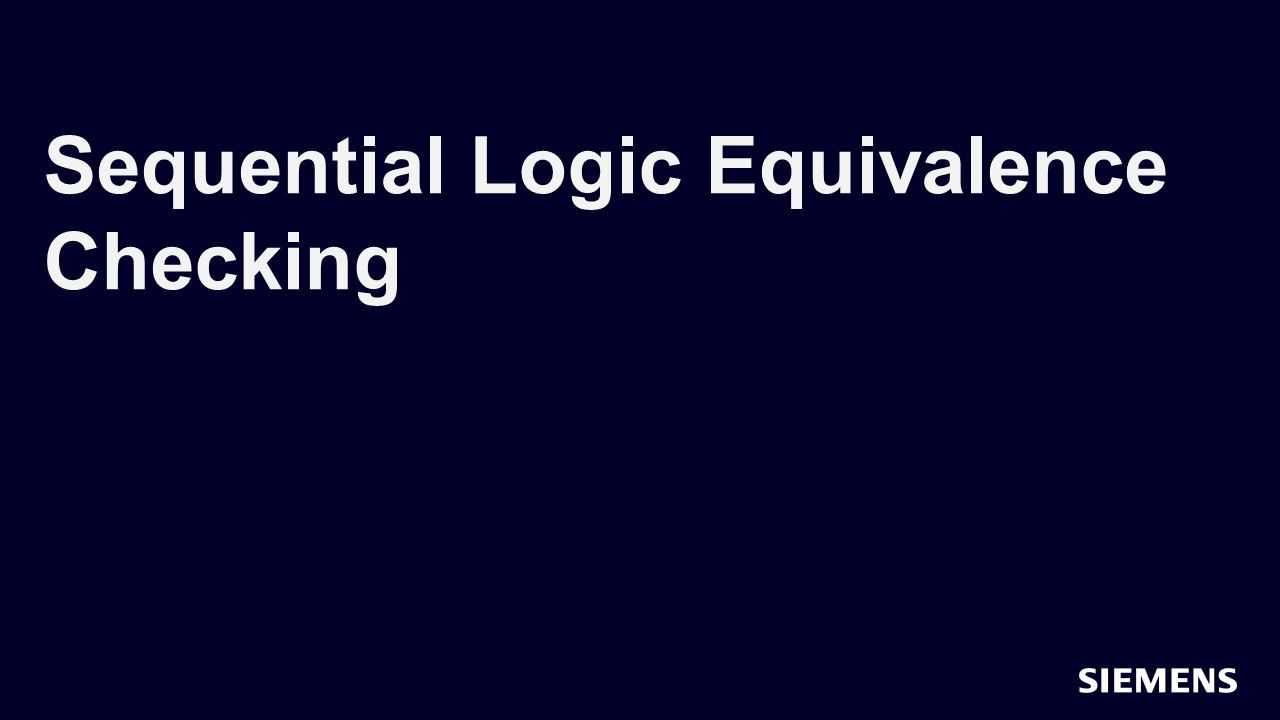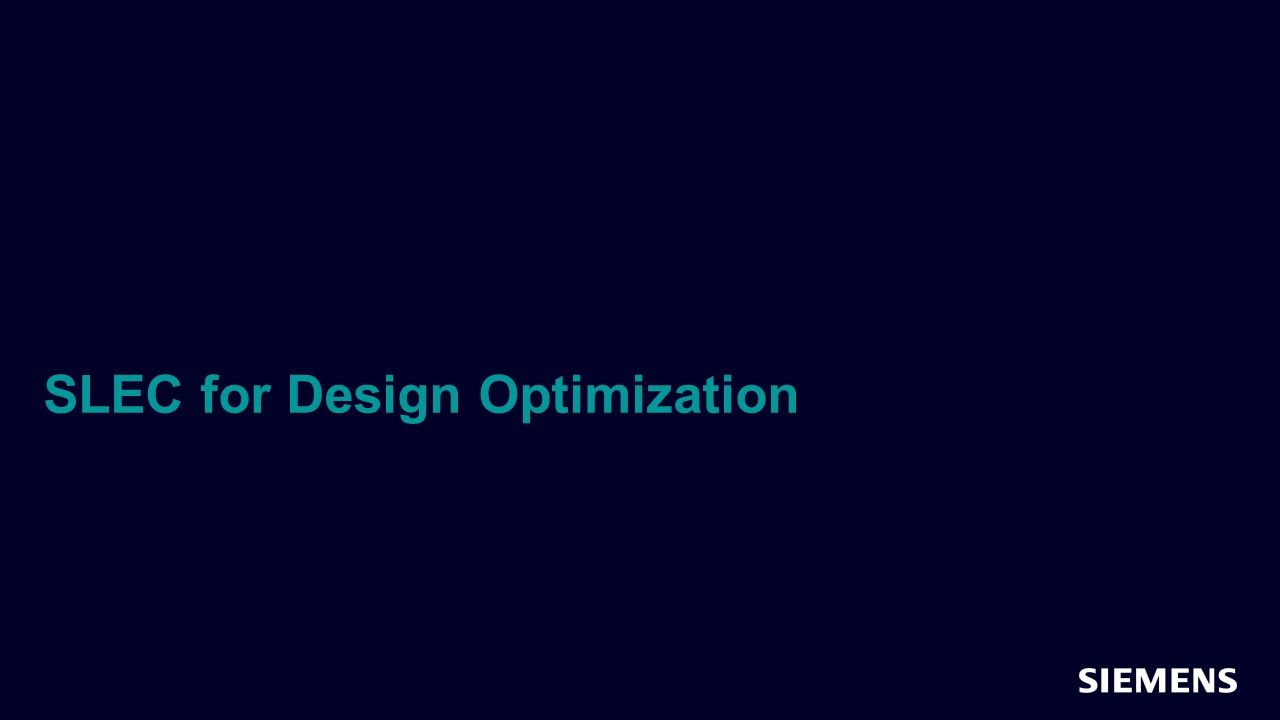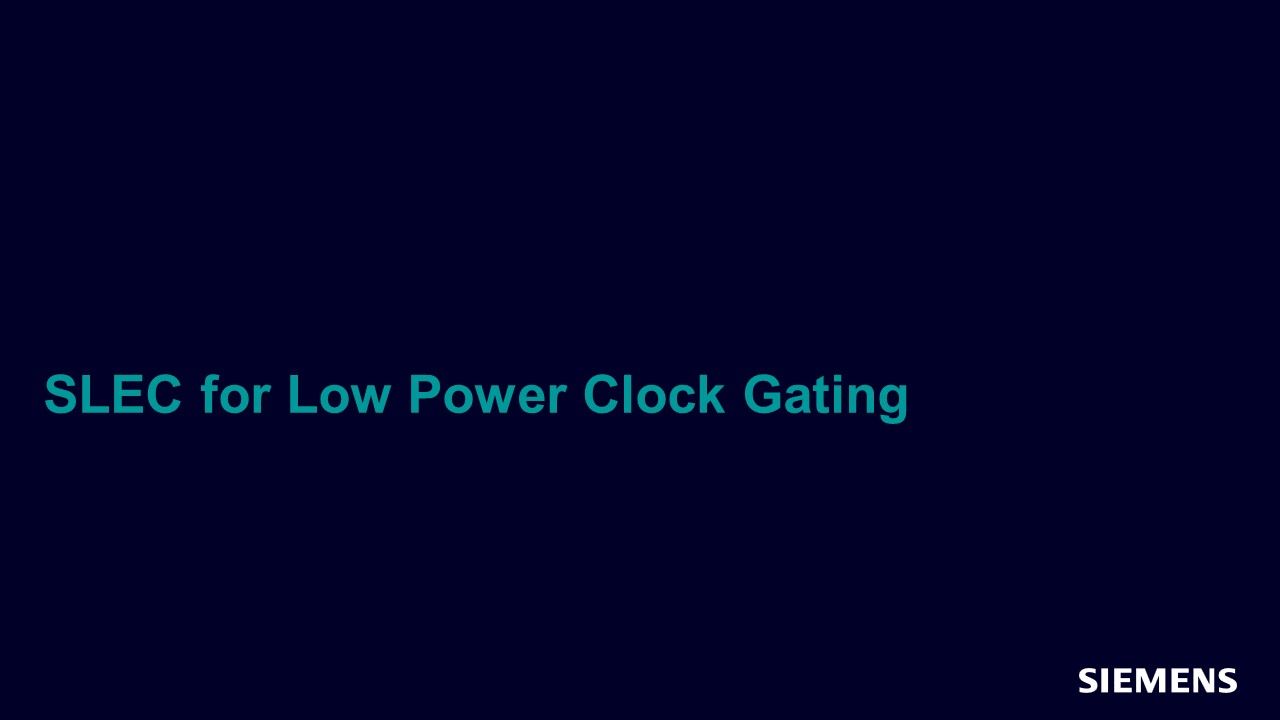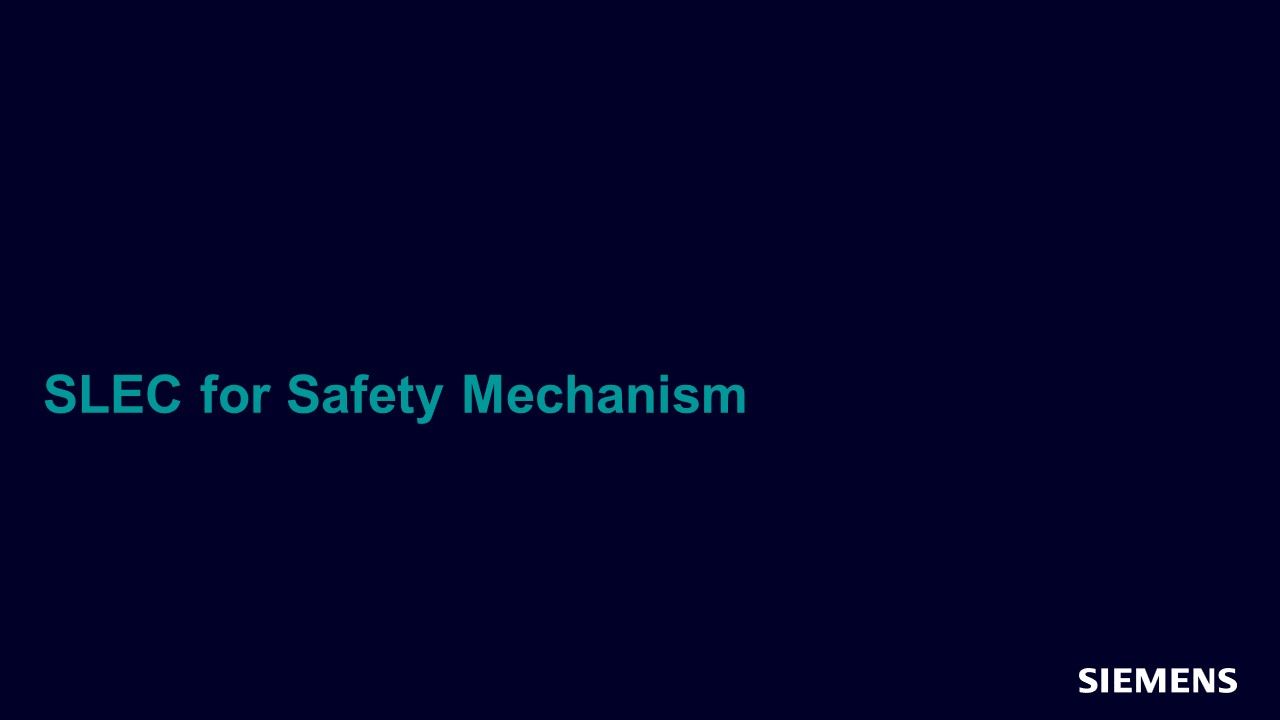Sequential Logic Equivalence Checking
In this track, you will be introduced to the concept of sequential logic equivalence checking and its common applications. You will also learn how to start with Questa® SLEC to verify design optimization, bug fix/ECOs, low power clock gating logic, and safety mechanisms.

-
Sessions
-

SLEC Introduction
In this session, you will learn the concept of sequential logic equivalence checking (SLEC) and the common applications of SLEC. -

SLEC for Design Optimization
In this session, you will learn how to use SLEC to verify functional equivalence between two RTL designs before and after optimization. -

SLEC for Bug Fix / ECO
In this session, you will learn how to use SLEC to verify that bug fix/ ECO doesn’t introduce new bugs. -

SLEC for Low Power Clock Gating
In this session, you will how to use SLEC to verify that the design works the same with and without added low power clock gating logic. -

SLEC for Safety Mechanism
In this session, you will learn how to use SLEC to verify that the design’s safety mechanism handles faults as required.
-
-
Overview
Sequential logic equivalence checking (SLEC) is effective in finding bugs in new logic required to reduce dynamic power consumption, validating last minute ECOs, or verifying that design optimizations aren’t too aggressive. It is also very efficient in verifying safety mechanisms used in ISO 26262 and other fault mitigating designs. SLEC’s effectiveness comes from using exhaustive formal verification algorithms, which do not require a testbench; and indeed are completely automated so the user does not need to know about formal technology themselves.
Given the formal-based nature of the analysis, SLEC can prove functional equivalence of the two designs for all inputs and all time, or identify any differences between the two designs.
In contrast, simulation-based approaches cannot prove sequential equivalence. Indeed, even with well-written constrained-random testbenches, simulation may find functional differences depending on the quality of the testbenches but such analysis could still miss critical corner cases. As such, SLEC can save a lot of re-simulation time after small modifications of the design.
In this track, you will be introduced to the concept of sequential logic equivalence checking and its common applications. You will also learn how to start with Questa® SLEC to verify design optimization, bug fix/ECOs, low power clock gating logic, and safety mechanisms.
-
Forum Discussion - Equivalence Checking
-
News Notification: Academy Survey, Two New Courses, Verification Horizons and Formal Verification Seminar
Jul 05, 2017 Announcements -
Difference between Formal Verification through Model Checking & Assertion Based Formal Verification
Dec 20, 2015 SystemVerilog